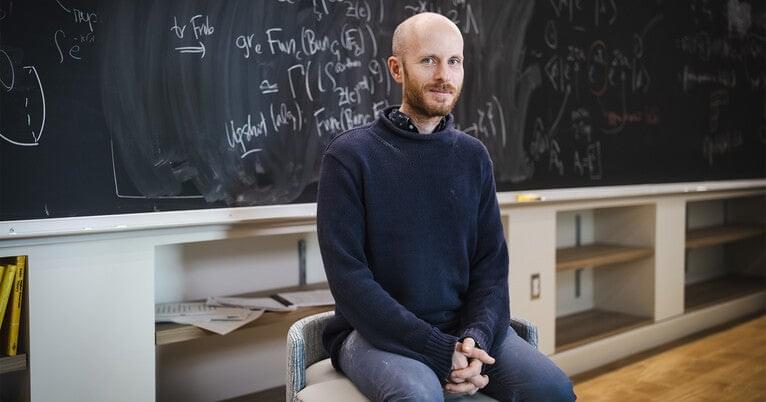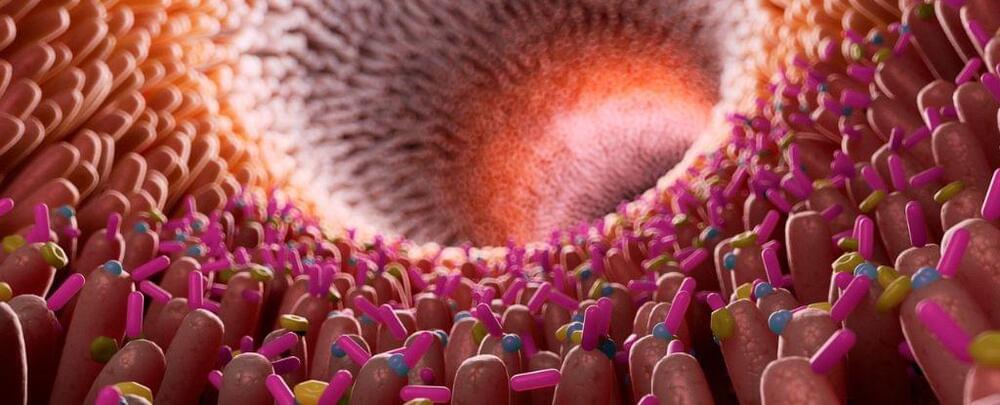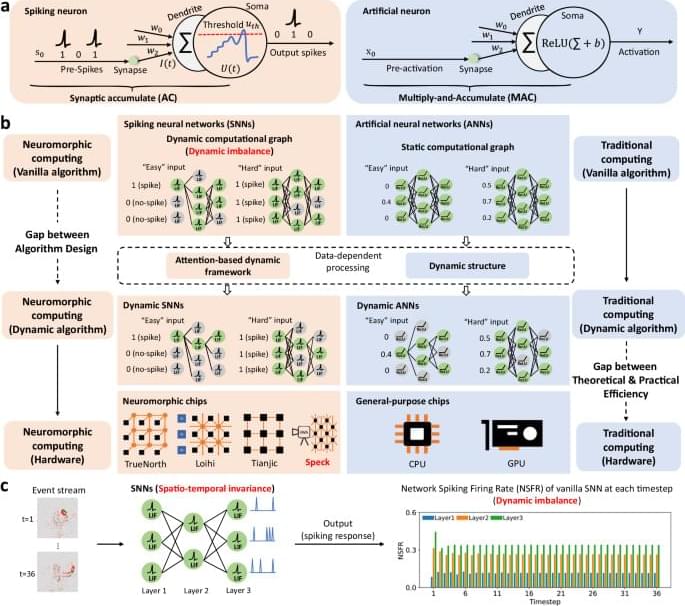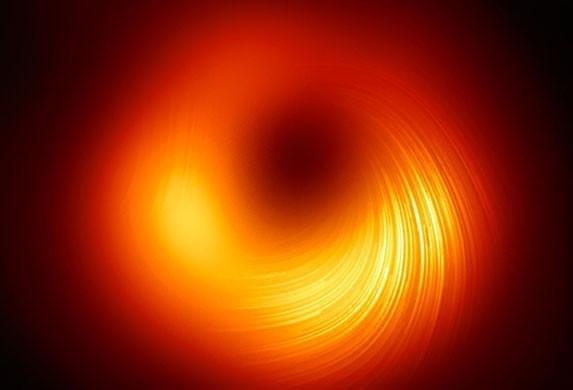As Oumuamua leaves our solar system, we explore the reasons for continuing the chase.🔒Remove your personal information from the web at JoinDeleteMe.com/astrum and use code ASTRUM for 20% off 🙌
DeleteMe international Plans: https://international.joindeleteme.com.
A huge thanks to our Patreons who help make these videos possible. Sign-up here: https://bit.ly/4aiJZNF
Astrum Podcast: https://www.buzzsprout.com/2250635/share.
Displate Posters: https://astrumspace.info/Displates.
Astrum Merch! https://astrum-shop.fourthwall.com/
Join us on the Astrum discord: / discord.
SUBSCRIBE for more videos about space and astronomy.
Subscribe! http://goo.gl/WX4iMN
Facebook! http://goo.gl/uaOlWW
Twitter! http://goo.gl/VCfejs.
Astrum Spanish: / @astrumespanol.
Astrum Portuguese: / @astrumbrasil.
Credits.








